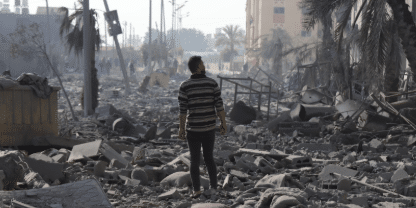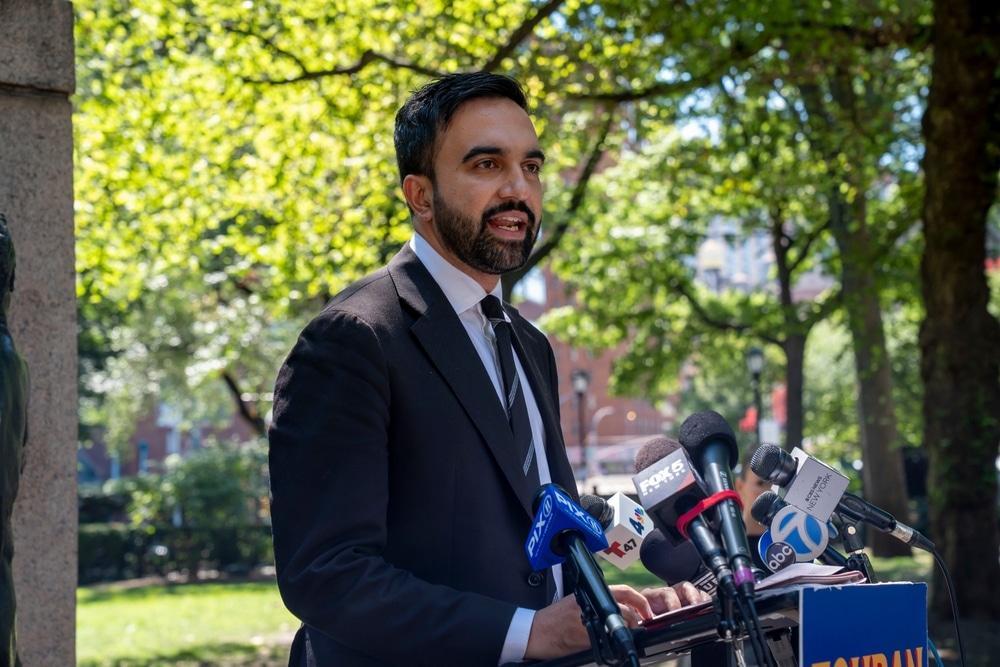
Trump Proposes U.S. Take Over and Rebuild Gaza to Ensure Regional Stability
President Donald Trump has announced a proposal for the United States to assume control over the Gaza Strip, clear the destruction, and rebuild the area with a long-term vision for stability and development. This announcement came during a joint press conference with Israeli Prime Minister Benjamin Netanyahu at the White House.
Trump’s Vision for Gaza
During the press conference, Trump outlined a comprehensive plan to address the aftermath of recent conflicts in Gaza. He described a three-step approach:
- Security and Cleanup – The U.S. would take responsibility for removing unexploded ordnance, dismantling remaining militant infrastructure, and stabilizing the region.
- Reconstruction – The plan involves leveling destroyed areas and implementing large-scale redevelopment projects, creating housing and economic opportunities.
- Long-Term Involvement – Trump suggested the U.S. could take a "long-term ownership position" in Gaza, ensuring it does not return to instability.
"Level the site and get rid of the destroyed buildings, level it out, create an economic development that will supply unlimited numbers of jobs and housing for the people of the area," Trump said.
Potential Impact on the Middle East
Trump believes this initiative could contribute to long-term peace and economic growth in the Middle East. He emphasized that his decision was made after consulting with multiple leaders and stakeholders.
"I see it bringing great stability to that part of the Middle East, and maybe the entire Middle East," Trump stated.
Netanyahu supported the initiative, saying that his primary goal remains ensuring Gaza never becomes a threat to Israel again.
"President Trump is taking it to a much higher level," Netanyahu said. "He sees a different future for that piece of land that has been the focus of so much terrorism… and I think it's worth paying attention to this."
Next Steps and Reactions
The proposal has sparked significant discussion within the international community. Some leaders see it as a bold approach to resolving a long-standing conflict, while others have raised questions about how it would be implemented and how Gaza’s population would be affected.
The U.S. administration is expected to consult regional and global partners in the coming weeks to further outline the logistics of the plan. Discussions will likely focus on security, governance, economic investment, and potential resettlement options for displaced individuals.
Trump and Netanyahu also discussed the current ceasefire between Israel and Hamas, Iran’s influence in the region, and the potential expansion of the Abraham Accords, which have sought to strengthen diplomatic and economic ties between Israel and Arab nations.
Conclusion
President Trump’s announcement marks a significant shift in U.S. foreign policy toward Gaza. If implemented, the plan could have far-reaching implications for the Middle East, potentially altering the geopolitical landscape of the region. The coming weeks will likely bring further developments as discussions continue on how the proposal could take shape.











